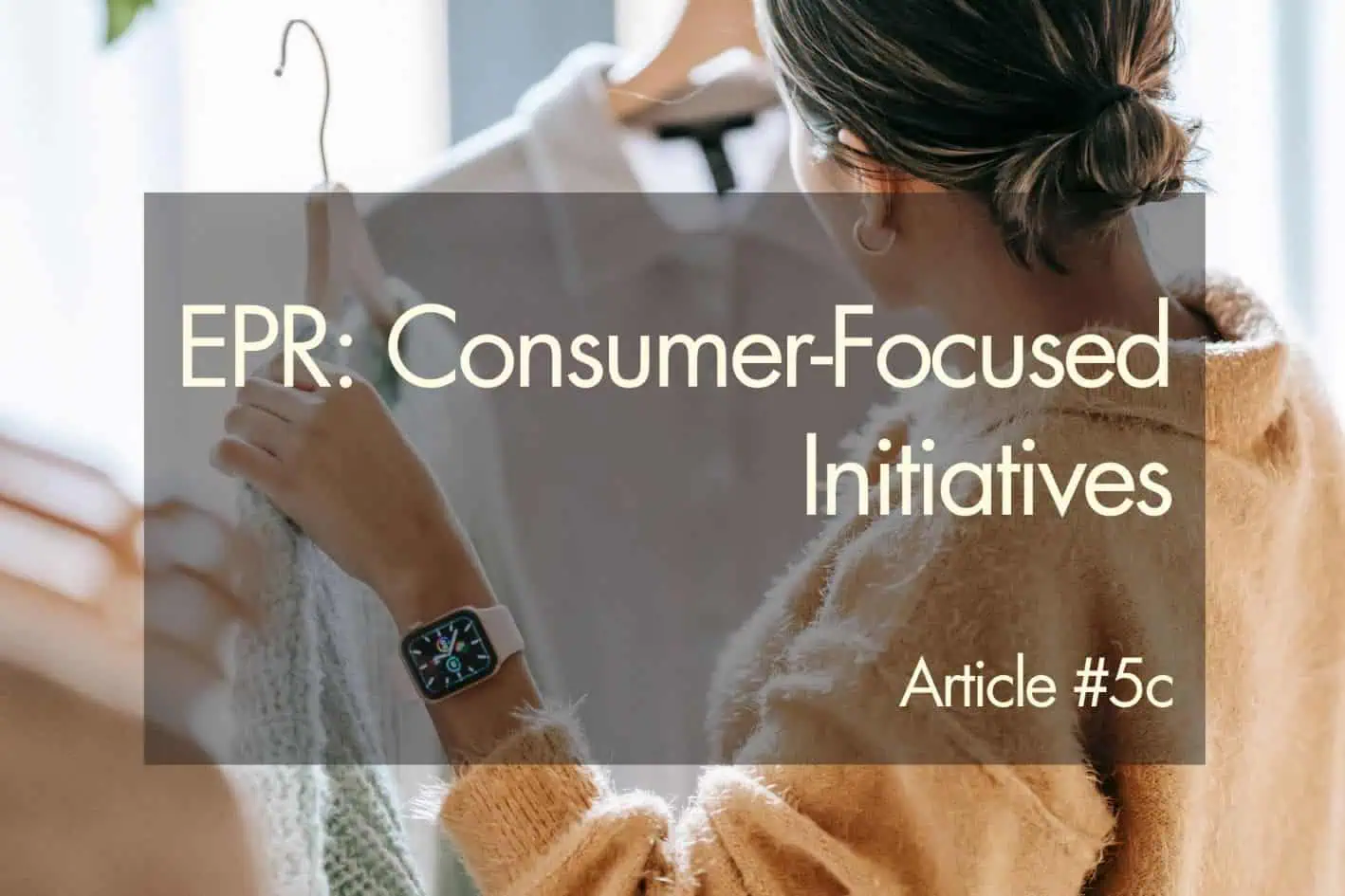What is greenwashing?
Greenwashing is deliberately embellishing or lying about the environmental benefits of products or services without substantiated proof. Companies that use greenwashing tactics are hoping to appeal to eco-conscious consumers to attract more sales and profits. Greenwashing occurs when there is a mismatch between what a brand says and what they do.
Greenwashing in the fashion industry
With an increasing awareness of the impacts of climate change, many fashion brands are differentiating themselves as sustainable. But how can the average consumer decipher between what is truly sustainable and overhyped false advertising? Fortunately, we can help identify a few key things to look out for:
1. Deceptive imagery and colors
- Many fashion brands that want to appear environmentally friendly will employ this simple tactic of using green packaging, tags, or imagery. They may include graphics that trigger a positive environmental association within their advertising or online product listings.
- Typically, brands trying to deceive consumers with this tactic will not have any clear environmental commitments.
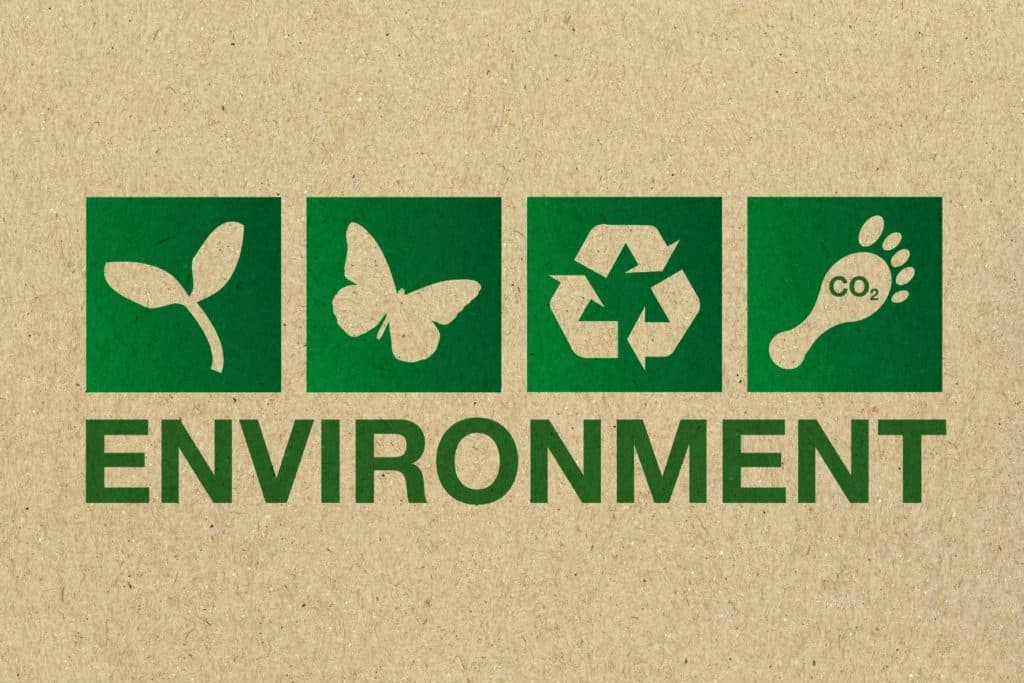
2. Misaligned claims
-
- Some brands, especially within fast fashion, have not significantly altered the way they manufacture and distribute clothing over the past decade. However, many have made bold claims stating their products are sustainable or even beneficial to the environment.
- Without addressing the environmental impact of operations and production, subsequent products will continue to harm the environment.
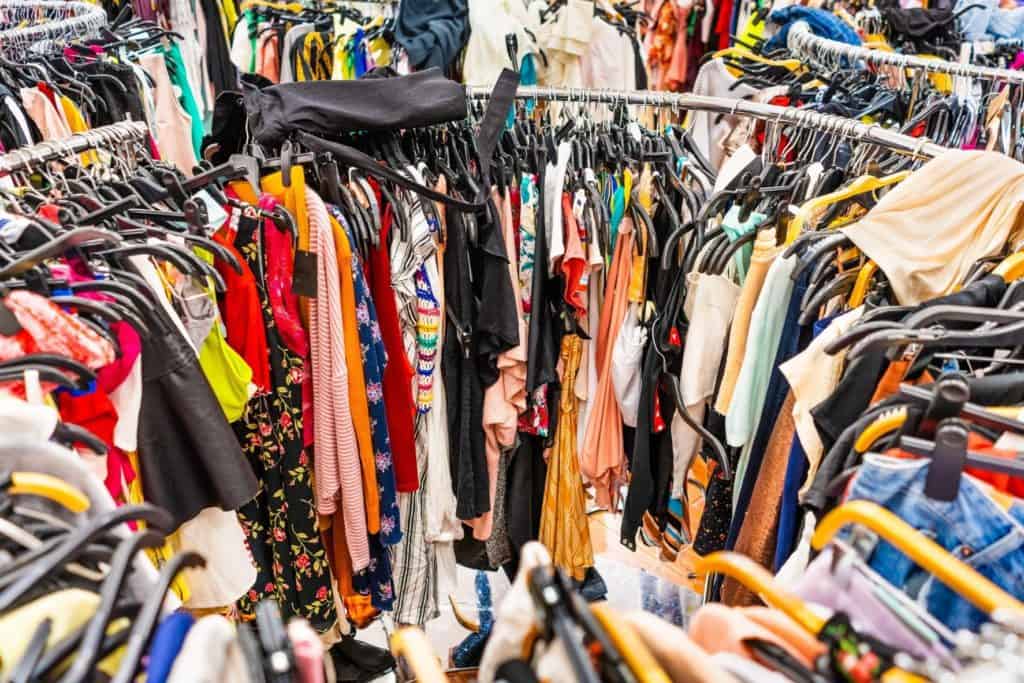
3. Suggestive ‘trade offs’
- Sometimes brands will latch on to a few key attributes to make comparative claims about their products. They will often use these few factors to state that their product is more sustainable than a ‘conventionally’ made version of the same t-shirt or jeans.
- They will in turn ignore other major elements that are important in manufacturing, such as water consumption, harmful chemicals, or emissions involved.
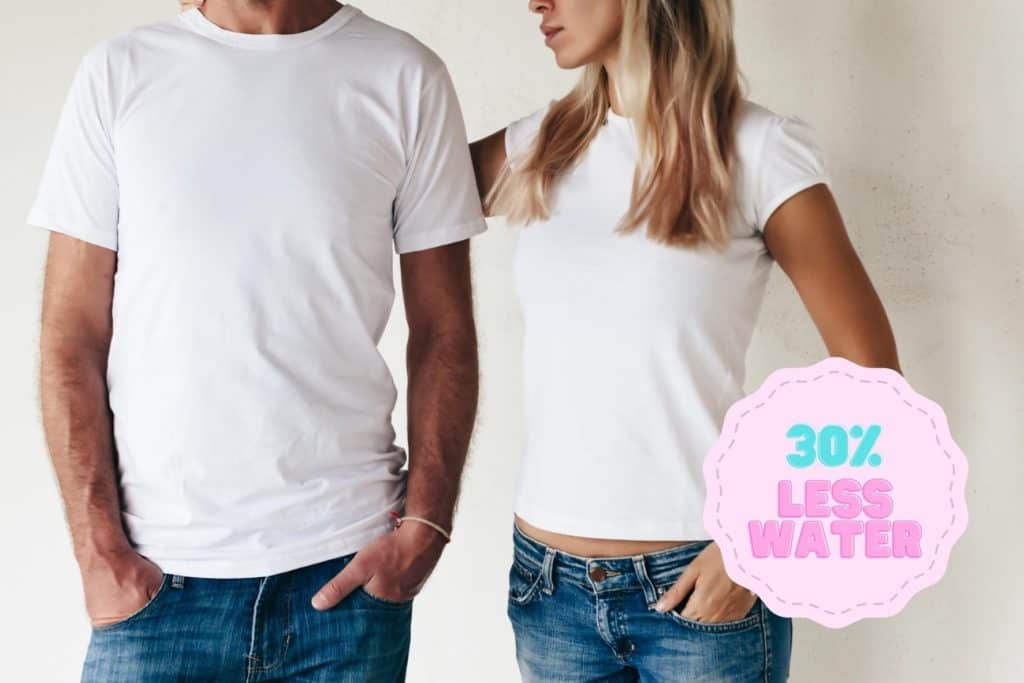
4. Advertising achievements mandated by law
- Many countries have laws governing environmental regulations and labor. In political spin, some larger fashion brands that break these laws will often have advertising campaigns focused on the ‘good’ they’ve done in cleaning up their own mess.
- This may be seen in advertising campaigns around efforts to clean up polluted waterways, stop the use of forced labor or reduce harmful chemical use.
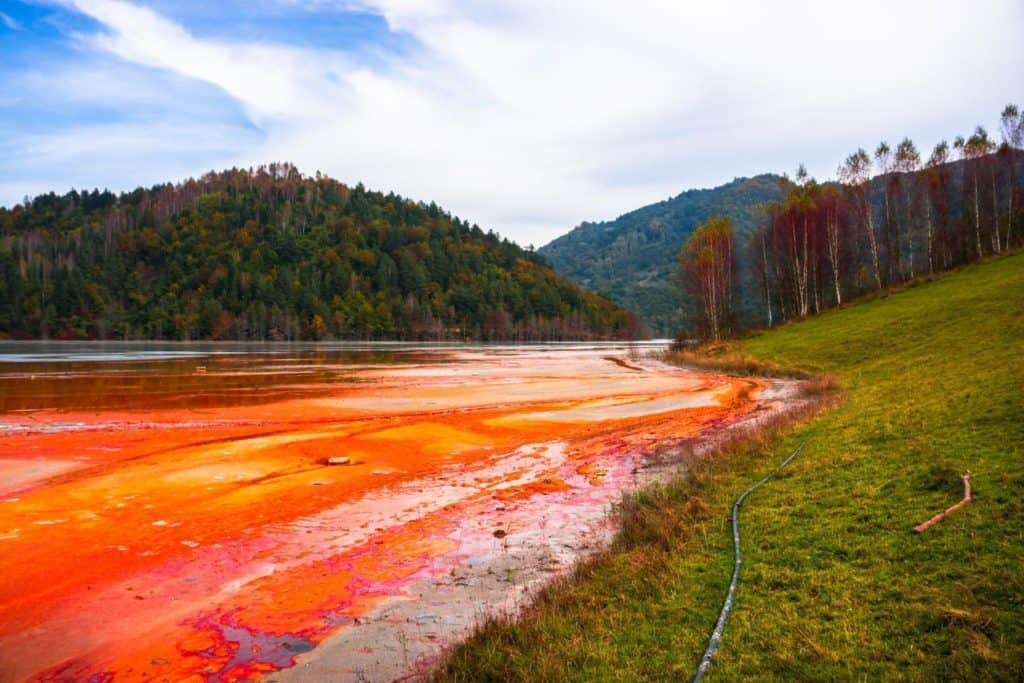
5. No proof or self-verification
- Fashion brands may make broad statements about the positive environmental impacts of their company or products with no evidence. They may use terminology such as ‘sustainable, green, or eco-friendly’ on their products. Some even go a step further and create their own internal verification process and label their products as environmentally friendly.
- Without verifiable evidence or third-party certification, these claims are often just marketing gimmicks.
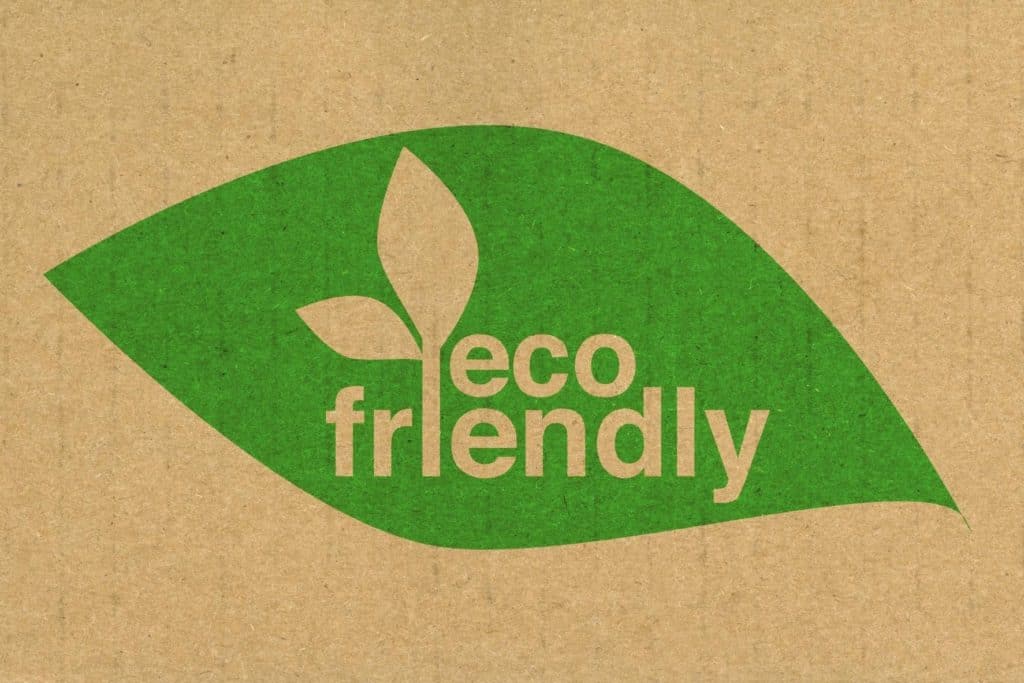
What leads a fashion business to greenwash?
Greenwashing can impact consumer and business shopping preferences, and result in repercussions ranging from bad publicity to imprisonment.
Consumer trends
Studies show that 72% of people are worried about climate change (Clifford, 2021). This has resulted in a growing demand for eco-friendly products in a trend called ‘green consumerism’. This has driven demand for products that avoid environmental harm during production, use, and disposal.

Business motivation
Fashion businesses want to stand out from their competitors and showcase their positive contributions. They want to attract consumers interested in sustainable and ethical fashion without having to worry about greenwashing. Studies show that 78% of consumers are willing to pay more for products and services with positive environmental impacts (BusinessWire, 2021).
Repercussions of greenwashing
Research shows that while greenwashing may attract consumers temporarily, it drives customers away once exposed. It undermines brand loyalty, as consumers remain hesitant to purchase from the brand even after they have addressed greenwashing issues (Cai et al., 2021). This is important for fashion brands, as the cost of obtaining a new client is 6 times higher than retaining an existing one (Cai et al., 2021).
Country leaders are also becoming more astute to greenwashing and false advertising. As of July 2021, France introduced a new law against greenwashing, which is punishable by up to 2 years imprisonment and includes significant fines. As of January 2022, the state of New York is trying to pass legislation on a ‘Fashion Sustainability and Social Accountability Act’ (The New York State Senate, 2022). And recently, the US Federal Trade Commission put hundreds of businesses on notice over sustainability claims. Canada’s Competition Bureau will likely follow suit, as they routinely investigate false labeling and advertising claims.
Fashion companies accused of greenwashing
H&M
In 2010, H&M launched its “Conscious Collection”, which they marketed as sustainable and eco-friendly. However, they never released sufficient information around what made their items sustainable (Segran, 2019). This resulted in the public and officials including the Norwegian Consumer Authority labeling their vague claims misleading (Segran, 2019). There also appears to be a mismatch against CEO Karl-Johan Persson’s stance in 2019, where he stated he was worried about the environmental movement as it would have ‘terrible social consequences’ (Pearcy, 2021). Activists continue to make their voices heard, as they protested in August 2021 against an H&M window display that featured phrases such as “Eco-Warrior” and “Climate Crusader” (Pearcy, 2021).
Zara
Fast fashion retailer Zara offers the latest styles every week. This is estimated to be around 500 new clothing items per week (Bowman & McCammon, 2019) or 20 collections a year (Nguyen, 2020). They heavily promote the sustainability of their brand, often claiming to source materials with a lower environmental impact. However, they appear to ignore the excessive environmental cost of mass production, shipping, and logistics (Nguyen, 2020). This has garnered social media criticism around the volume of production and the impacts of increased labor (Nguyen, 2020).
Burberry & Coach
In 2018, luxury brand Burberry was heavily criticized for destroying over 28 million pounds of stock (BBC News, 2018). This resulted in consumer boycotts and calls for government support to end the wasteful practice. Burberry in turn quickly issued a public statement that they would stop burning stock, and revamped their social and environmental strategies.
Not all fashion brands learned from Burberry’s mistake, as Coach was featured on a TikTok story in October 2021 slashing and dumping handbags (Felsted & Leondis, 2021). The company reacted on social media, posting its commitments to sustainability and stating that it would ‘cease destroying in-store returns’ (Coach, 2021). This was met with criticism by the general public, with people stating they were ashamed to own their products, and accusations of lying and tax fraud (Coach, 2021).
How to be more mindful fashion consumers
In the age of social media and advertising, it can be difficult for the average consumer to decipher between genuine environmental claims and deceptive greenwashing. Here are some great tips to help:

1. Look beyond imagery and colors
Dig a little deeper. Check out the company’s policies and most importantly their activities. Do they line up? Many larger fashion brands have published sustainability reports where you can learn about their targets and plans for upcoming years. Read these with a discerning lens. Do they promote mass consumerism and excessive production? Do they seem realistic? Smaller fashion brands will likely be more than happy to talk to you about their brand’s vision, goals, and activities.
2. Be wary of buzzwords
Be vigilant of the overuse of “eco-friendly” terms. Instead, look to see what your favorite fashion brand’s environmental commitments are. Are they clearly defined, or are they vague? If they promote a textile recycling program, does the infrastructure exist to support this tactic? How circular are their products? Do they have an end-of-life strategy for their products?
3. Look for certification from a credible third party
Bias is implicit when a person or brand is responsible for “checking their own work”. It can be difficult for brands to master their fashion goals along with the complexities of sustainable production. By not considering all factors involved in sustainable production, brands can easily fall victim to greenwashing either intentionally or unintentionally. Look for certifications from credible third parties, including our own!
The effects of climate change continue to be felt globally from increasing floods, stronger hurricanes, and out-of-control wildfires. We all want to do our part by shopping more responsibly and not fall victim to greenwashing tactics. If you’re a consumer use our checklist above to learn how you can be a more mindful customer. If you’re a fashion business and want to become certified, let’s talk!

Deborah King
Deborah is a sustainable fashion expert located in Toronto, Canada. She’s an Industrial Engineer with a post-grad in Sustainable Fashion Production. She grew up on the tiny island of Tortola in the British Virgin Islands, and has been sewing her own clothing since the age of 10. She founded Global Measure to help authentically sustainable and ethical fashion businesses stand out from the greenwashing noise through third-party certification.
References:
BBC News (July 19, 2018). Burberry burns bags, clothes and perfume worth millions. Retrieved on Jan 2, 2022 from https://www.bbc.com/news/business-44885983
Bowman, E., & McCammon, S. (July 27, 2019). Can Gast Fashion and Sustainability Be Stitched Together? NPR. Retrieved on Jan 2, 2022 from https://www.npr.org/2019/07/27/745418569/can-fast-fashion-and-sustainability-be-stitched-together
BusinessWire (March 22, 2021). GreenPrint Finds Consumers Want to Buy Eco-Friendly Products, but Don’t Know How to Identify Them. Retrieved on Jan 2, 2022 from https://www.businesswire.com/news/home/20210322005061/en/GreenPrint-Survey-Finds-Consumers-Want-to-Buy-Eco-Friendly-Products-but-Don%E2%80%99t-Know-How-to-Identify-Them
Cai, L., Ji, X., Wang, Y., & Zengrui, X. (April, 2021). Greenwash, moral decoupling, and brand loyalty. Social Behavior and Personality, Volume 49, Issue 4, 10038 https://doi.org/10.2224/sbp.10038www.sbp-journal.com
Coach [@coach]. (Oct 11, 2021). We are committed to sustainability. Instagram. Retrieved on Jan 2, 2022 from https://www.instagram.com/p/CU6FY_DgZft/
Clifford, C. (Sept 14, 2021). More than 80% say they’d change their behavior to fight climate change, but U.S. conservatives lag. CNBC. Retrieved on Jan 2, 2022 from https://www.cnbc.com/2021/09/14/climate-change-to-change-behavior-80percent-of-respondents-tell-pew.html
Felsted, A. & Leondis, A. (Nov 5, 2021). Luxury Ditches the Slash-and-Burn for Share-and-Care. Bloomberg. Retrieved on Jan 2, 2022 from https://www.bloomberg.com/opinion/articles/2021-11-05/burning-and-slashing-coach-burberry-bags-for-luxury-cachet-is-last-season
Nguyen, T. (Feb 3, 2020). Fast fashion, explained. Vox. Retrieved on Jan 2, 2022 from https://www.vox.com/the-goods/2020/2/3/21080364/fast-fashion-h-and-m-zara
Pearcy, A. (Aug 5, 2021). H&M greenwashing is ‘disguising the reality’ of fast fashion. The Big Issue. Retrieved on Jan 2, 2022 from https://www.bigissue.com/news/environment/hm-greenwashing-is-disguising-the-reality-of-fast-fashion/
Segran, E. (Aug 7, 2019). H&M, Zara, and other fashion brands are tricking shoppers with vague sustainability claims. FastCompany. Retrieved on Jan 2, 2022 from https://www.fastcompany.com/90385370/hm-zara-and-other-fashion-brands-are-tricking-consumers-with-vague-sustainability-claims
The New York State Senate (2022). Assembly Bill A8352. Retrieved on Jan 2, 2022 from https://www.nysenate.gov/legislation/bills/2021/A8352



